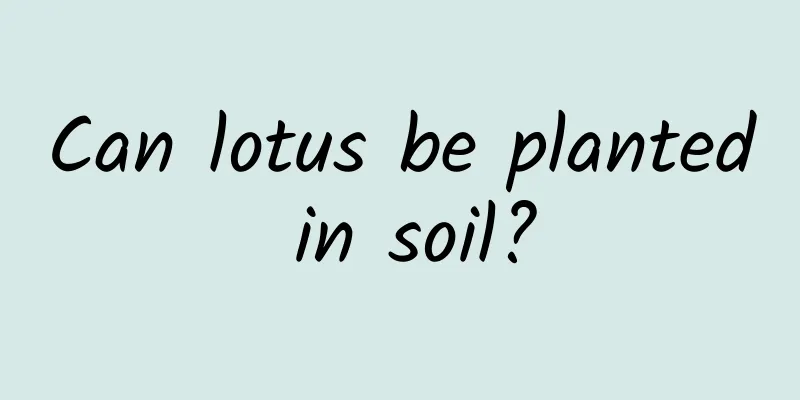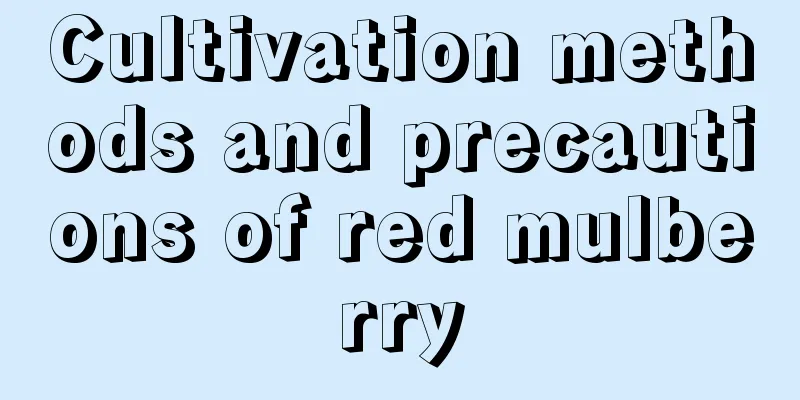How to grow bananas

1. Maintenance methods1. Temperature: The most suitable temperature for its development is about 25 degrees, and the minimum maintenance temperature cannot be lower than 15 degrees. Because it is a tropical plant, it is not cold-resistant. If the temperature is too low, the plant will be frostbitten. 2. Watering: It has a relatively large demand for water. If the monthly rainfall is less than 100 mm, the growth of bananas will be affected and artificial water will be needed. If the watering amount is more than 100 ml, watering once or twice a week will be enough. If the rainfall is less than 100 ml, watering is needed every day. 3. Fertilization: It requires a relatively large amount of fertilizer during its growth period. Its roots are thin and short and relatively sensitive. Nitrogen fertilizer needs to be used before flowering to promote flowering. The interval between uses is once a week. For varieties with taller stems, use fertilizers with higher nitrogen content. For varieties with shorter stems, use fertilizers with higher potassium and nitrogen content. 4. Light: It likes an environment with sufficient sunlight and can receive full-day sunlight without the need for shading. 2. Breeding techniques1. Reproduction: It can be propagated by stem propagation. After digging out the stems and roots, remove the central bud in the middle, and then divide them into small pieces. The weight of each piece must be guaranteed to be above 120g, so that the survival rate is relatively high. After applying wood ash on the cut, you can plant. The purpose of applying wood ash here is to disinfect and preserve, because wood ash has a bactericidal effect. 2. Pruning: After the picking period, you need to cut off the excess branches and leaves to concentrate nutrients. 3. Problem Diagnosis1. Pests: It is easy to be infected by aphids. If you find that it is infected, you should cut off the infected branches as soon as possible and then disinfect them. April to September each year is the peak period for aphids, and prevention and control of aphids is necessary. 2. Yellow leaf disease: The symptoms of yellow leaf disease are that the branches and leaves of the plant gradually turn yellow starting from the bottom, and finally the entire plant turns yellow. This will directly lead to a reduction in plant yield. If this happens, it should be treated as soon as possible. Yellow leaf disease in the plant is mostly because the soil in which the plants are planted has poor drainage. When the plant becomes sick, it is necessary to change the soil, dig drainage ditches, and pay attention to drainage during the rainy season. IV. Other issues1. Indoor cultivation: It is not suitable for indoor cultivation because the plant is large and has a high demand for light, which do not meet the conditions for indoor cultivation, so it cannot be cultivated indoors. 2. Toxicity: It is non-toxic. Not only is it non-toxic, it is also edible. |
Recommend
Which variety of Clivia is the most expensive
1. Oilman's Short-Leaf Clivia The Oilsmith Sh...
How many times can bougainvillea bloom in a year?
1. Flowering period Bougainvillea can bloom all y...
What season is suitable for planting or transplanting roses? What month is the best for planting roses?
When planting roses, you can choose a mixture of ...
The difference between cat's claw and cat's whiskers
1. Differences in plants Cat's claw is an ann...
How to plant coconut? Can it be planted in pots?
1. How to plant coconut 1. Processing coconuts: I...
Cultivation methods and precautions of blue stone lotus
Blue stone lotus needs more light to grow The lea...
Does thyme prefer shade or sun?
Does thyme prefer shade or sun? Thyme, also known...
How to prune red sandalwood
When to prune rosewood Red sandalwood bonsai is g...
How to take care of the newly bought alum root
1. Lighting Alum root likes light and is shade-to...
Peony cultivation methods and precautions
1. Soil The soil requirements for maintaining peo...
The flower language and meaning of Kalanchoe
Longevity and health The name of Kalanchoe implie...
June Fruit Tree Planting Management Guide
June is a critical period for the growth of fruit...
How to make nitrogen, phosphorus and potassium fertilizers for home gardening (raw materials and methods for making nitrogen, phosphorus and potassium fertilizers)
Chicken manure (picture) 1) Poultry manure fermen...
What is the best season for planting grapes?
Grapes are popular because of their delicious tas...
How to grow jasmine
1. Maintain the environment (1) Soil: It should b...









